(ECNS) -- The bustling Qingming holiday, resurgence in the manufacturing Purchasing Managers' Index (PMI), along with record-high imports and exports in the first two months, underscore the vitality of China's consumption, production, and foreign trade, signaling an upward trajectory of its economy.
Surging tourist numbers and soaring spending
During the three-day Qingming Festival holiday, the number of travelers surged, coupled with escalated spending.
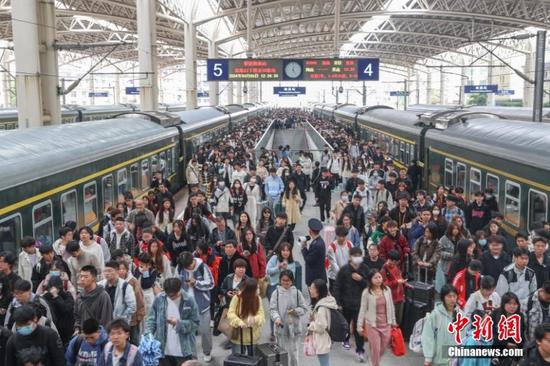
Domestic tourism during the holiday reached 119 million trips, an 11.5 percent increase compared to the same period in 2019, with domestic tourists spending 53.95 billion yuan ($7.46 billion) in total, up by 12.7 percent, according to data from the Chinese Ministry of Culture and Tourism.
Travel portal Trip.com Group said that over the holiday, bookings for short-distance tours to destinations within cities customers live in grew 211 percent year-on-year, while bookings to neighboring destinations located outside the cities they live in skyrocketed 350 percent year-on-year.
Zhou Maohua, macro researcher at the Financial Market Department of Everbright Bank, suggested that China's proactive policies to boost employment and income will bolster domestic consumption capacity and willingness.
Three PMI numbers rebound above boom-bust line
In March, China's three PMIs experienced a significant rebound above 50, surpassing the boom-bust line. According to the National Bureau of Statistics, the manufacturing PMI surged to 50.8 from 49.1 in February as manufacturers accelerated production after the Spring Festival holiday.
China's non-manufacturing PMI also rose, coming in at 53 in March versus February's 51.4.
The country's composite PMI, which includes both manufacturing and non-manufacturing activities, climbed to 52.7 in March from 50.9 in February.
The National Bureau of Statistics attributed this to "accelerated production and business activities, leading to a rebound in China's economic prosperity."
Wen Tao, an expert at the China Logistics Information Center, views the manufacturing PMI's return to expansion as a notable economic improvement.
An article on Singapore's Lianhe Zaobao cited experts saying that the PMI's return above 50 signifies that China had found new growth engines and was no longer solely reliant on real estate to drive expansion.
With China's productivity growing, enterprise profits also improved.
From January to February, total profits of industrial enterprises above the designated size stood at 914.06 billion yuan, a year-on-year increase of 10.2 percent, representing continuous growth since last August, according to the latest data released by the National Bureau of Statistics (NBS).
Imports and exports reach a historic high
In addition to PMI numbers, China's imports and exports also showed positive signs of economic rebound.
Trade in the first two months of this year amounted to 66 trillion yuan, marking a new historical peak.
The General Administration of Customs noted that this roughly matches China's entire annual foreign trade value 20 years ago.
Wen Bin, chief economist at China Minsheng Bank, anticipates a stronger-than-expected economic recovery, with the first quarter economic growth rate projected to reach approximately 5.0 percent, laying a solid foundation for annual targets.












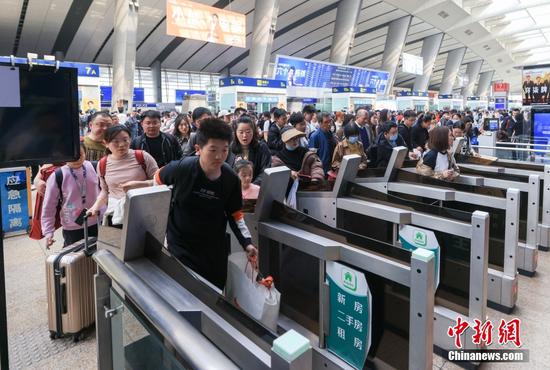

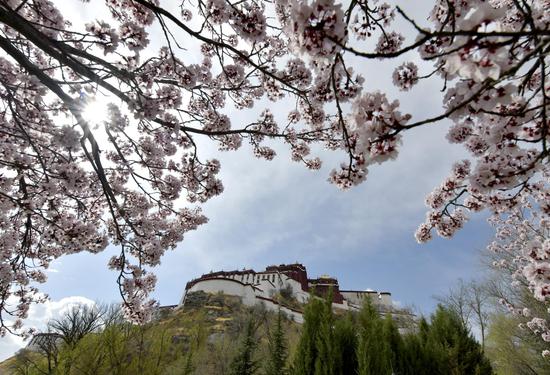




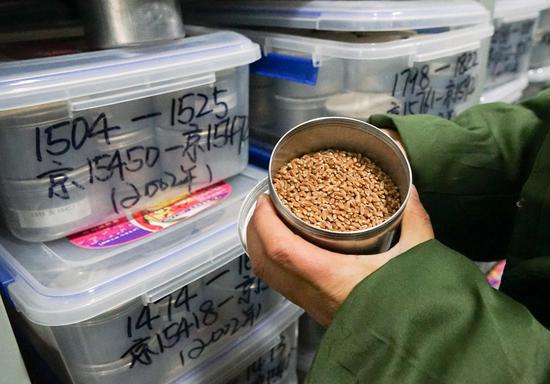

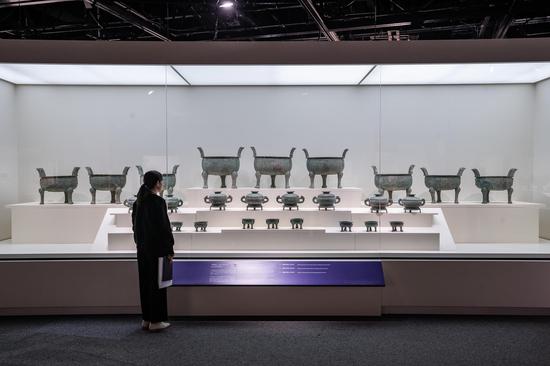
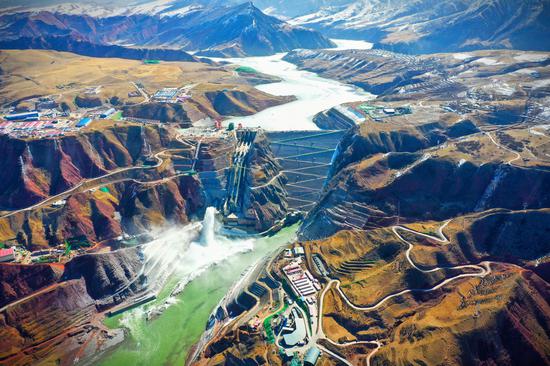
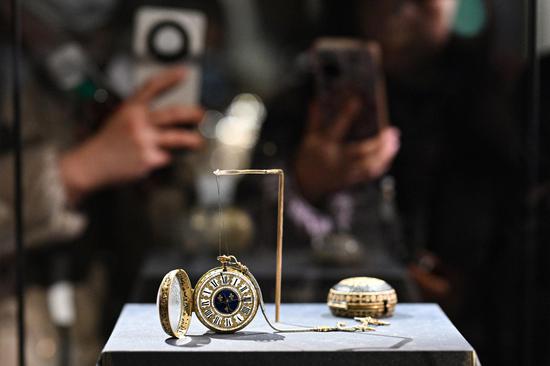

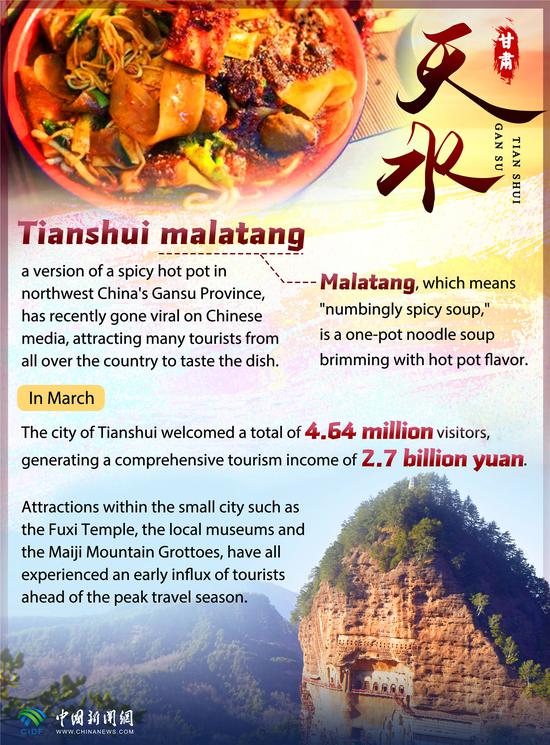
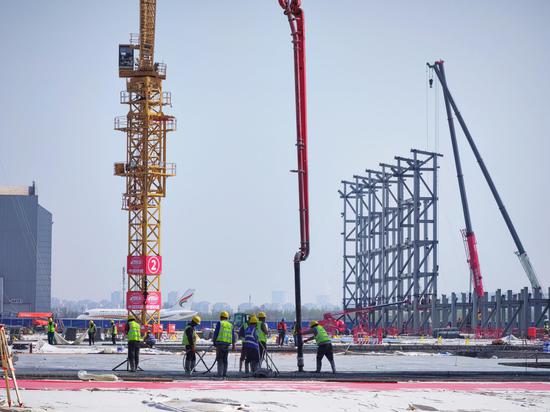



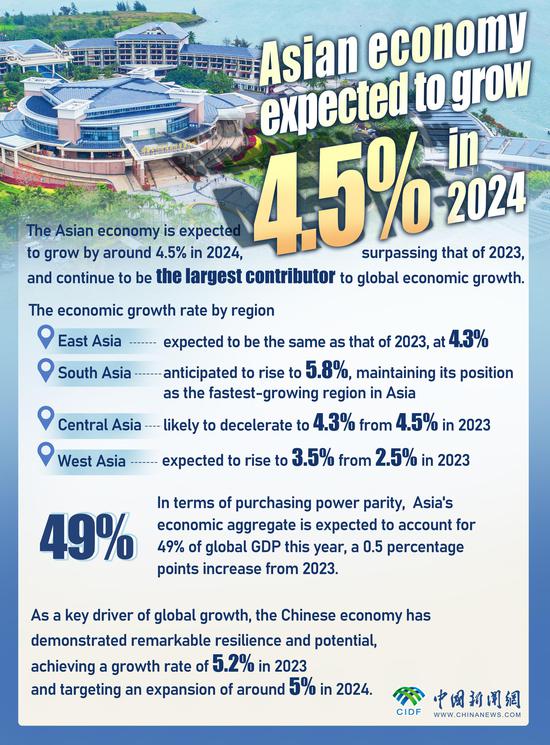

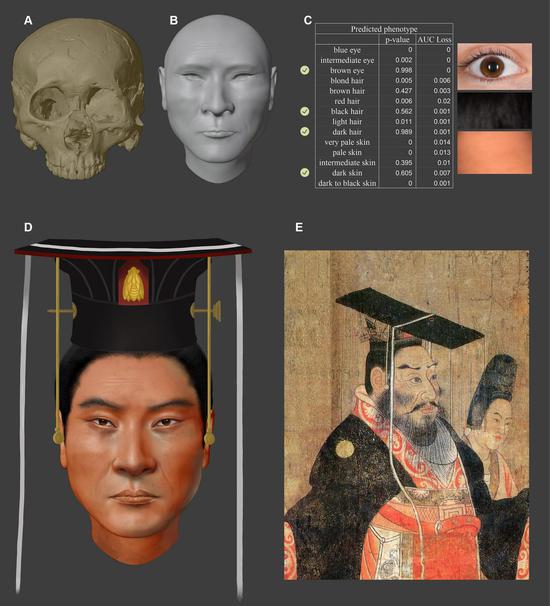

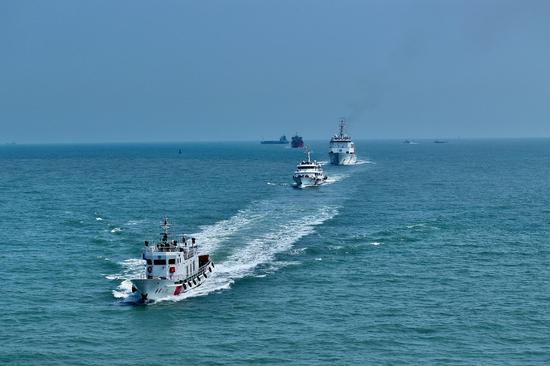

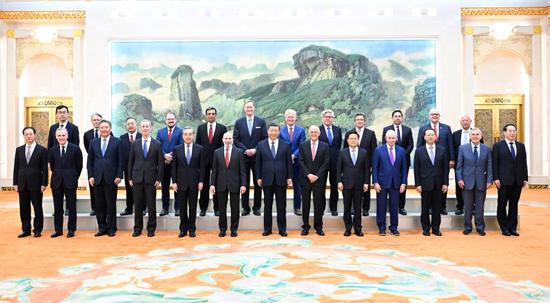
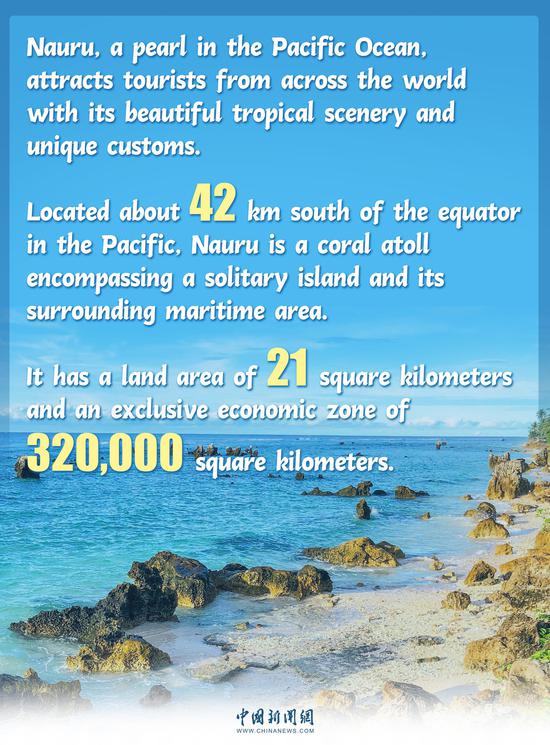
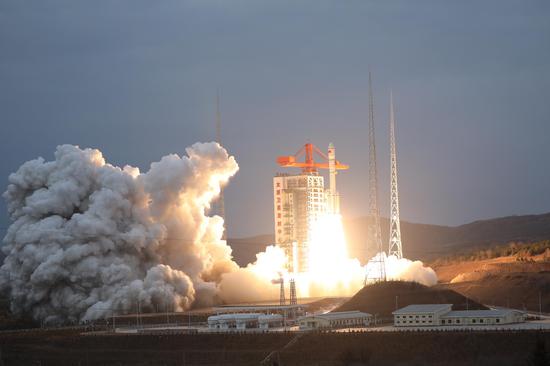
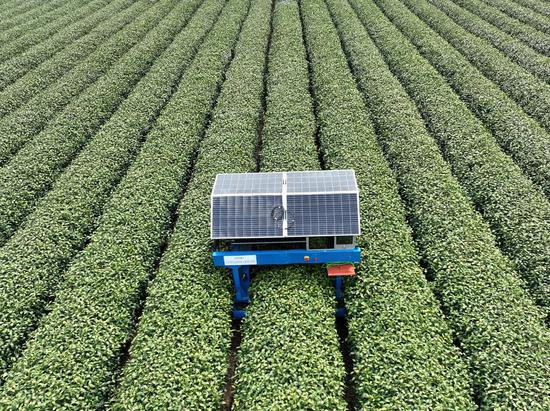
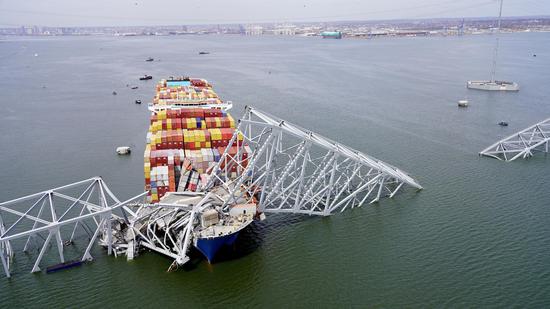


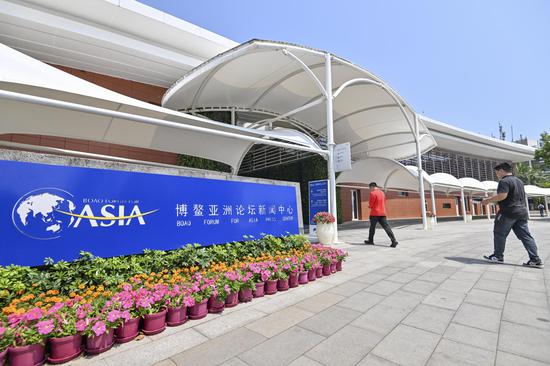
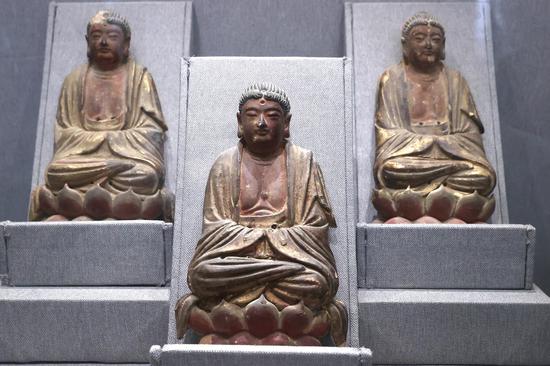





 京公网安备 11010202009201号
京公网安备 11010202009201号